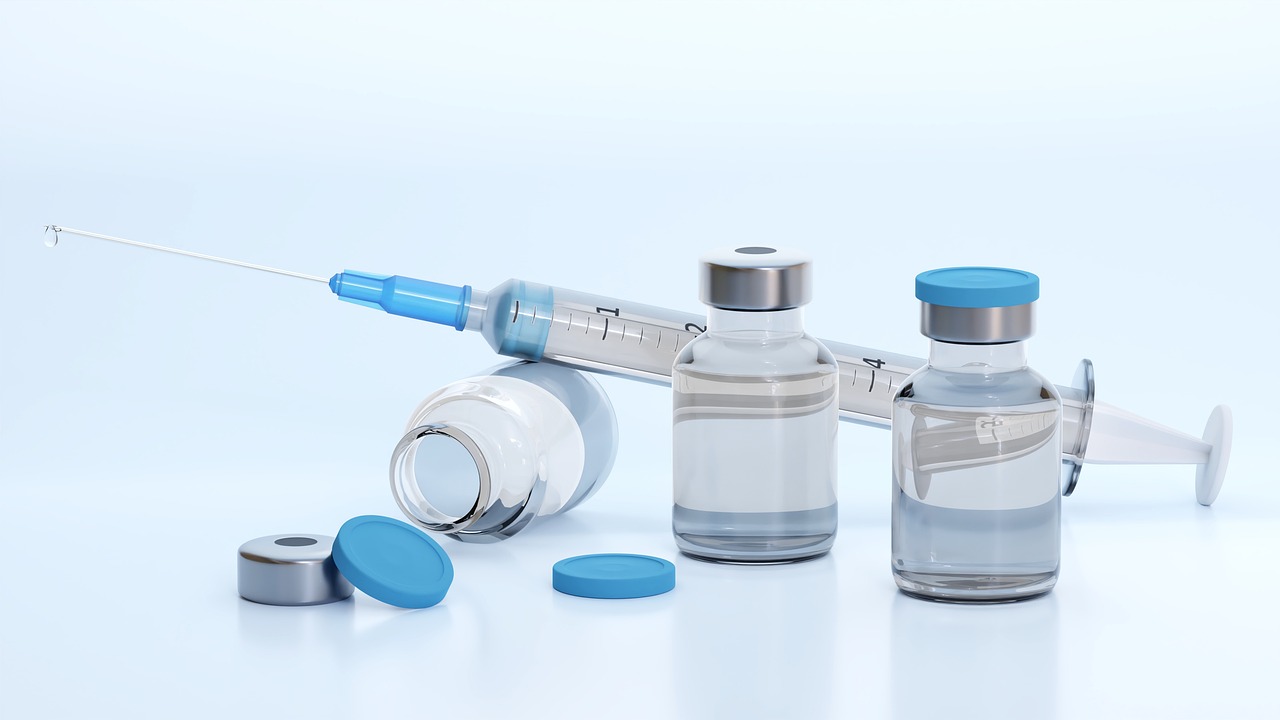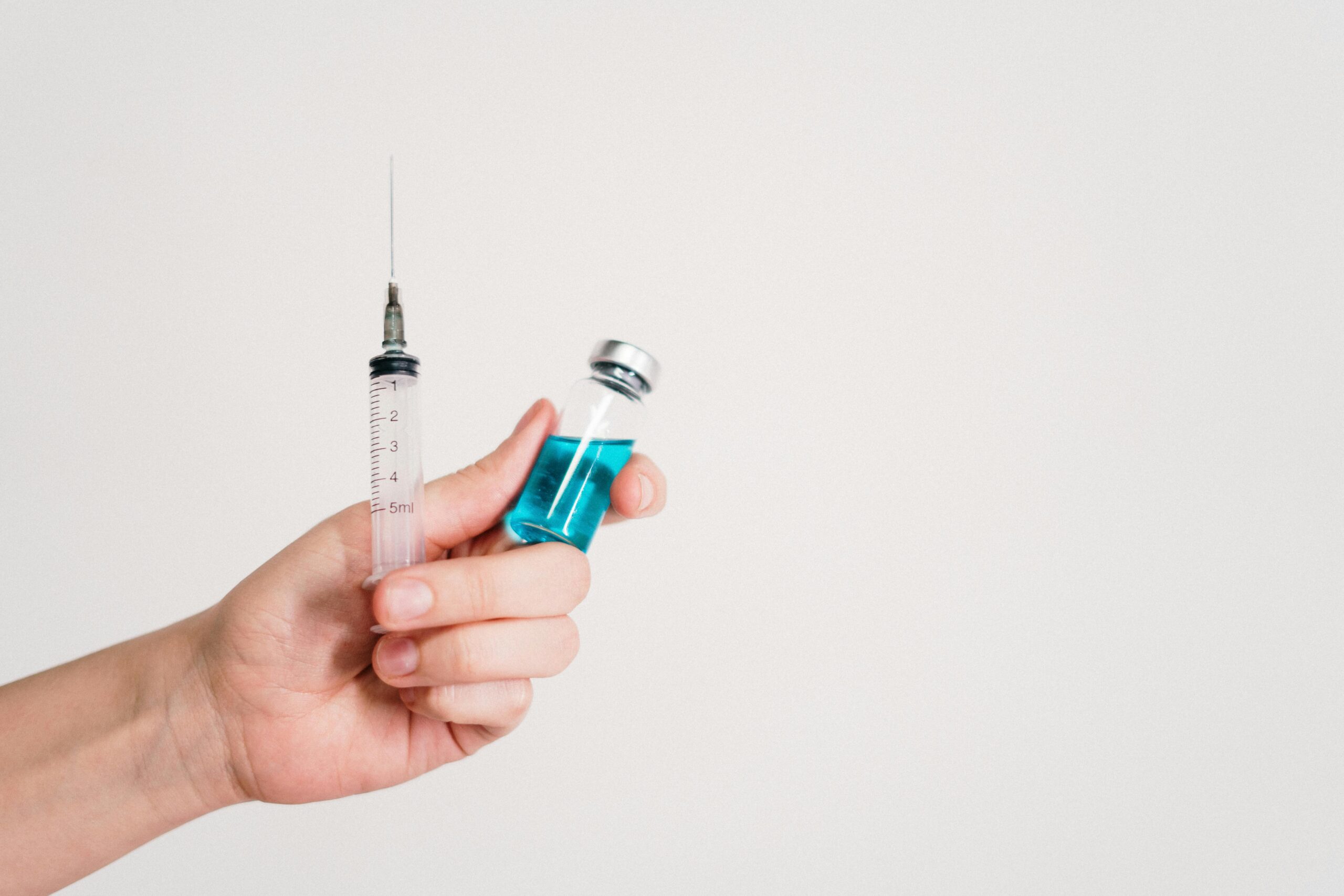Vaccines are crucial for keeping us healthy by preventing diseases. They help our bodies learn to fight off germs without making us sick. There are two main types of vaccines: live attenuated and inactivated. Knowing the differences between live and inactivated vaccines can help you make better health choices.
Why Vaccines Are Important: Vaccines have helped cut down the number of serious diseases like polio, measles, and smallpox. They teach our immune system how to fight off germs by mimicking a real infection, so we don’t get sick.
Overview of Vaccine Types
Live Attenuated Vaccines:
- Definition: These vaccines use a weakened version of the germ. It’s still alive but doesn’t make you sick.
- Examples:
- MMR Vaccine: Protects against measles, mumps, and rubella.
- Yellow Fever Vaccine: Uses a weakened virus to prevent yellow fever.
- Varicella Vaccine: Protects against chickenpox with a weakened virus.
Inactivated Vaccines:
- Definition: These vaccines use a dead or inactivated germ. It can’t replicate but still helps your immune system recognize it.
- Examples:
- Polio Vaccine (IPV): Uses killed polio virus to protect against polio.
- Hepatitis A Vaccine: Contains killed hepatitis A virus to prevent the disease.
- Influenza Vaccine: Uses killed flu viruses to protect against the flu.
How They Work
Live Attenuated Vaccines:
How They Work: They introduce a live but weakened version of the germ into your body. This mimics a real infection and helps your immune system get ready to fight the real germ in the future.
Benefits:
Strong Immune Response: They usually offer strong and long-lasting protection with fewer doses.
Fewer Boosters Needed: Often, you need fewer booster shots.
Risks:
Mild Symptoms: Some people might feel mild symptoms like a low fever or rash.
Not for Everyone: People with weakened immune systems or certain health conditions should avoid these vaccines.
Inactivated Vaccines:
How They Work: They use dead or inactivated germs to trigger an immune response. Your body learns to recognize and fight the germ without being exposed to the live pathogen.
Benefits:
Safer for More People: These vaccines are generally safe for people with weak immune systems.
Stable: They are usually easier to store and handle.
Risks:
More Doses Required: Often, you need several doses or booster shots to stay protected.
Weaker Response: The protection may not be as strong or long-lasting as live vaccines.
Detailed table of the Differences Between Live and Inactivated Vaccines across various aspects:
| Aspect | Live Attenuated Vaccines | Inactivated Vaccines |
|---|---|---|
| Definition | Uses a weakened form of the virus or bacteria | Uses killed or inactivated viruses or bacteria |
| Example Vaccines | MMR (measles, mumps, rubella), Yellow Fever, Varicella | Polio (IPV), Hepatitis A, Influenza (flu) |
| Immune Response | Often provides a strong, long-lasting immune response | Typically provides a weaker, shorter-term response |
| Number of Doses | Usually requires fewer doses (often just one or two) | Often requires multiple doses or boosters |
| Duration of Protection | Generally longer-lasting protection | May require periodic booster shots for ongoing protection |
| Storage | Often requires refrigeration or special handling | Usually stable at standard refrigeration temperatures |
| Use in Immunocompromised Individuals | Generally not recommended for people with weakened immune systems | Can be safely used in people with weakened immune systems |
| Side Effects | May cause mild symptoms similar to the disease (e.g., low fever, rash) | Usually causes mild side effects like pain at injection site |
| Development Complexity | More complex to produce due to the need to weaken the virus/bacteria | Simpler to produce since the pathogen is killed or inactivated |
| Examples of Diseases Prevented | Measles, Mumps, Rubella, Chickenpox, Yellow Fever | Polio, Hepatitis A, Influenza, Whooping Cough |
| Vaccine Schedule | Often administered in a single dose or few doses | Typically requires a series of doses and boosters |
| Effectiveness | Often highly effective with robust immune memory | Effective but may not offer as long-lasting immunity as live vaccines |
| Use in Special Populations | Not recommended for pregnant women or those with compromised immunity | Suitable for use in pregnant women and individuals with compromised immunity |
| Examples of Global Impact | Successful in eliminating diseases like smallpox and reducing measles significantly | Essential for routine immunizations and control of outbreaks |
Real-World Examples
- Live Attenuated Vaccines:
- Smallpox Eradication: The live smallpox vaccine was key in wiping out smallpox worldwide.
- Measles Reduction: The MMR vaccine has greatly reduced measles cases globally.
- Inactivated Vaccines:
- Routine Use: Vaccines like the flu shot and polio vaccine are crucial for routine immunizations and preventing outbreaks.
- Travel Vaccines: Often required for travel to areas where diseases like hepatitis A are common.
Knowing the differences between live and inactivated vaccines helps you make informed decisions about vaccination. Both types are important for preventing diseases, and the choice depends on individual health needs and vaccine characteristics.
Thank you for reading this guide. For more information on vaccines and immunization, check out our other articles linked below.


